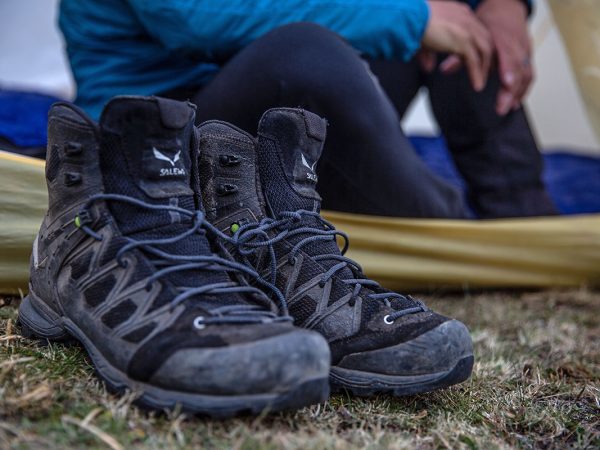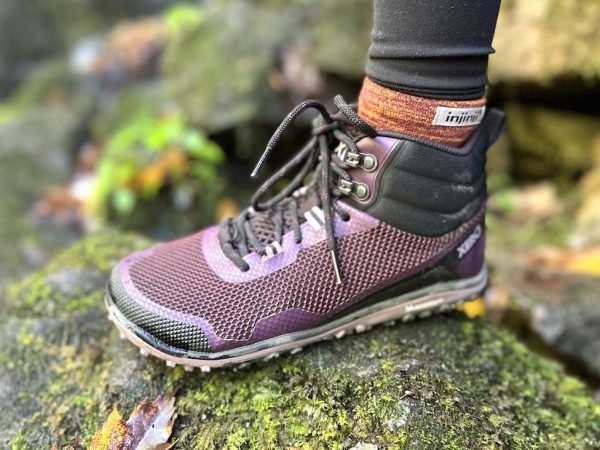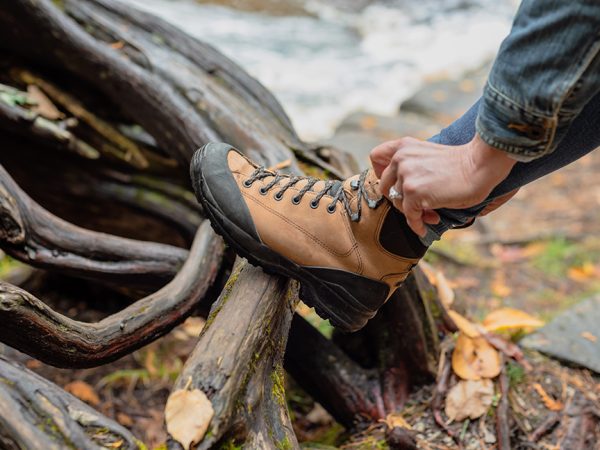“Innovations in Hiking Boot Technology: Enhancing Durability and Support”
Introduction:
Hiking boots are essential gear for outdoor enthusiasts, providing protection, stability, and traction on rugged terrain. Over the years, advancements in technology have led to significant innovations in hiking boot design, enhancing durability, support, and overall performance. From improved materials to innovative construction methods, hiking boot technology continues to evolve to meet the demands of hikers seeking comfort and reliability on the trail. In this guide, we’ll explore some of the latest innovations in hiking boot technology that are revolutionizing the outdoor footwear industry.
1. Advanced Materials:
One of the most notable innovations in hiking boot technology is the use of advanced materials that offer superior durability, support, and weather resistance. Traditional leather boots have been supplemented or replaced by synthetic materials like Gore-Tex, eVent, and Cordura, which provide enhanced waterproofing, breathability, and abrasion resistance. These materials offer the benefits of traditional leather boots without the added weight and break-in time, making them ideal for modern hikers looking for lightweight and comfortable footwear.
2. Improved Cushioning and Support:
Modern hiking boots feature advanced cushioning and support systems designed to enhance comfort and reduce fatigue on long hikes. Technologies like EVA foam midsoles, TPU shanks, and heel stabilizers provide excellent shock absorption, arch support, and stability, reducing the risk of foot fatigue, discomfort, and injury. Some boots also incorporate specialized cushioning materials like PU foam or gel inserts for targeted support and impact protection in key areas of the foot.
3. Enhanced Traction:
Traction is essential for navigating rugged terrain, and hiking boot manufacturers have developed innovative outsole designs to improve grip and stability on various surfaces. Vibram, Michelin, and Continental are among the leading brands that produce high-performance rubber compounds with aggressive lug patterns, multidirectional treads, and sticky rubber compounds that offer superior traction on wet, rocky, and slippery terrain. Some boots also feature self-cleaning lugs and toe caps for added protection and grip in challenging conditions.
4. Customized Fit and Comfort:
Personalized fit and comfort are priorities for modern hikers, and hiking boot manufacturers are incorporating innovative technologies to achieve a customized fit for every foot shape. Features like anatomically shaped footbeds, adjustable lacing systems, and removable insoles allow hikers to fine-tune the fit of their boots for optimal comfort and support. Some boots also feature heat-moldable liners or customizable inserts that conform to the contours of the foot for a glove-like fit and enhanced stability on the trail.
5. Lightweight Construction:
While durability and support are essential, modern hikers also value lightweight footwear that allows for agile and nimble movement on the trail. Hiking boot manufacturers have responded to this demand by developing lightweight construction methods and materials that reduce bulk and weight without compromising performance. Seamless construction techniques, minimalistic designs, and lightweight components like foam midsoles and synthetic uppers contribute to lighter, more agile hiking boots that offer excellent durability and support without sacrificing comfort.
6. Sustainable Practices:
As sustainability becomes increasingly important in the outdoor industry, hiking boot manufacturers are embracing eco-friendly materials and production methods to reduce their environmental footprint. Recycled materials, water-based adhesives, and eco-conscious manufacturing processes are being incorporated into hiking boot production to minimize waste and energy consumption. Some brands also offer repair and resoling services to extend the lifespan of their products, reducing the need for new purchases and promoting a more sustainable approach to outdoor gear consumption.
Conclusion:
Innovations in hiking boot technology are revolutionizing the outdoor footwear industry, offering hikers unprecedented levels of durability, support, and comfort on the trail. From advanced materials and cushioning systems to enhanced traction and customized fit options, modern hiking boots are designed to meet the diverse needs of outdoor enthusiasts and adventurers. By embracing these innovations and investing in high-quality hiking boots that prioritize durability and support, hikers can enjoy safer, more comfortable, and more enjoyable experiences in the great outdoors for years to come.


